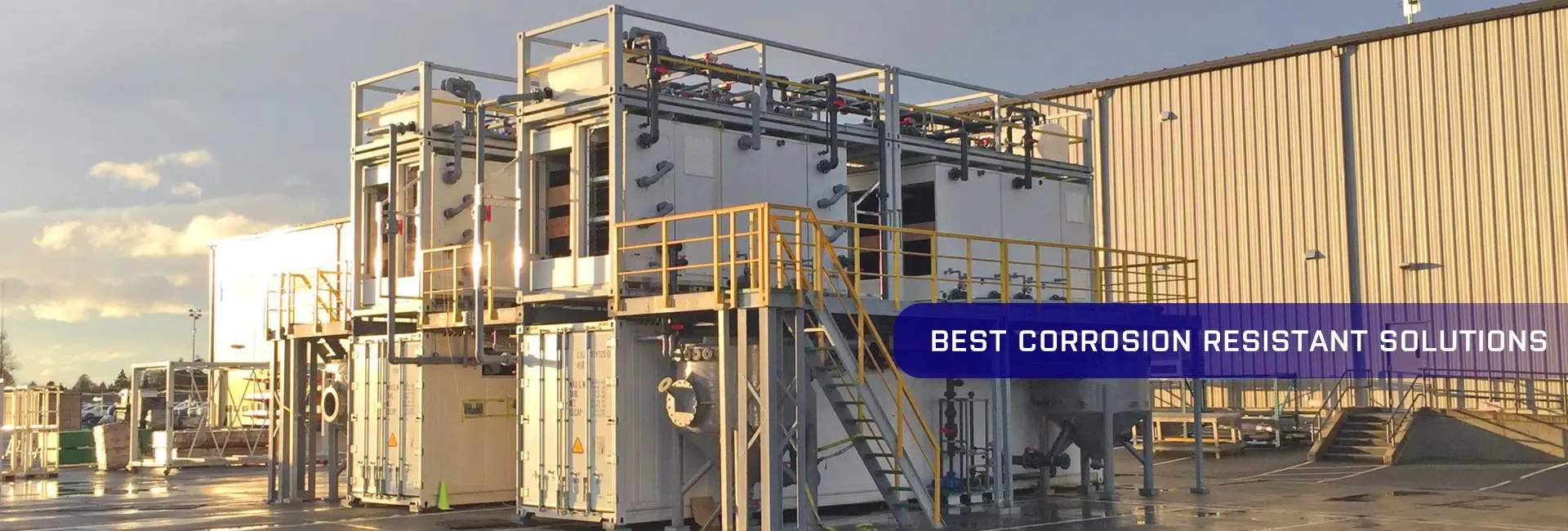
-
 Afrikaans
Afrikaans -
 Albanian
Albanian -
 Amharic
Amharic -
 Arabic
Arabic -
 Armenian
Armenian -
 Azerbaijani
Azerbaijani -
 Basque
Basque -
 Belarusian
Belarusian -
 Bengali
Bengali -
 Bosnian
Bosnian -
 Bulgarian
Bulgarian -
 Catalan
Catalan -
 Cebuano
Cebuano -
 China
China -
 China (Taiwan)
China (Taiwan) -
 Corsican
Corsican -
 Croatian
Croatian -
 Czech
Czech -
 Danish
Danish -
 Dutch
Dutch -
 English
English -
 Esperanto
Esperanto -
 Estonian
Estonian -
 Finnish
Finnish -
 French
French -
 Frisian
Frisian -
 Galician
Galician -
 Georgian
Georgian -
 German
German -
 Greek
Greek -
 Gujarati
Gujarati -
 Haitian Creole
Haitian Creole -
 hausa
hausa -
 hawaiian
hawaiian -
 Hebrew
Hebrew -
 Hindi
Hindi -
 Miao
Miao -
 Hungarian
Hungarian -
 Icelandic
Icelandic -
 igbo
igbo -
 Indonesian
Indonesian -
 irish
irish -
 Italian
Italian -
 Japanese
Japanese -
 Javanese
Javanese -
 Kannada
Kannada -
 kazakh
kazakh -
 Khmer
Khmer -
 Rwandese
Rwandese -
 Korean
Korean -
 Kurdish
Kurdish -
 Kyrgyz
Kyrgyz -
 Lao
Lao -
 Latin
Latin -
 Latvian
Latvian -
 Lithuanian
Lithuanian -
 Luxembourgish
Luxembourgish -
 Macedonian
Macedonian -
 Malgashi
Malgashi -
 Malay
Malay -
 Malayalam
Malayalam -
 Maltese
Maltese -
 Maori
Maori -
 Marathi
Marathi -
 Mongolian
Mongolian -
 Myanmar
Myanmar -
 Nepali
Nepali -
 Norwegian
Norwegian -
 Norwegian
Norwegian -
 Occitan
Occitan -
 Pashto
Pashto -
 Persian
Persian -
 Polish
Polish -
 Portuguese
Portuguese -
 Punjabi
Punjabi -
 Romanian
Romanian -
 Russian
Russian -
 Samoan
Samoan -
 Scottish Gaelic
Scottish Gaelic -
 Serbian
Serbian -
 Sesotho
Sesotho -
 Shona
Shona -
 Sindhi
Sindhi -
 Sinhala
Sinhala -
 Slovak
Slovak -
 Slovenian
Slovenian -
 Somali
Somali -
 Spanish
Spanish -
 Sundanese
Sundanese -
 Swahili
Swahili -
 Swedish
Swedish -
 Tagalog
Tagalog -
 Tajik
Tajik -
 Tamil
Tamil -
 Tatar
Tatar -
 Telugu
Telugu -
 Thai
Thai -
 Turkish
Turkish -
 Turkmen
Turkmen -
 Ukrainian
Ukrainian -
 Urdu
Urdu -
 Uighur
Uighur -
 Uzbek
Uzbek -
 Vietnamese
Vietnamese -
 Welsh
Welsh -
 Bantu
Bantu -
 Yiddish
Yiddish -
 Yoruba
Yoruba -
 Zulu
Zulu
Exploring the Benefits of FRP in Automotive Body Construction and Design
The Evolution of FRP Car Bodies A Revolution in Automotive Engineering
With the automotive industry continuously evolving, the materials used in car manufacturing have also undergone significant transformations. One of the most exciting developments in recent years is the use of Fiber Reinforced Polymer (FRP) for car bodies. This innovative material is reshaping the way cars are designed, produced, and ultimately experienced by consumers.
FRP is a composite material made of a polymer matrix reinforced with fibers, commonly glass or carbon. This combination not only enhances the mechanical properties of the polymer but also significantly reduces weight while maintaining strength and durability. The benefits of using FRP in automotive applications are manifold, making it an increasingly popular choice among manufacturers.
The Evolution of FRP Car Bodies A Revolution in Automotive Engineering
In addition to weight reduction, FRP is highly resistant to corrosion and chemicals. Unlike metal bodies that can suffer from rust and degradation over time, FRP remains unaffected by environmental factors. This characteristic not only enhances the longevity of the vehicle but also reduces maintenance costs for owners. By investing in an FRP car body, consumers can enjoy the benefits of a sturdier, more reliable vehicle that can withstand the test of time and the elements.
frp car body

The design possibilities offered by FRP are another compelling reason for its adoption. The flexibility of the manufacturing process allows for greater creativity in vehicle design. Complex shapes and intricate features that would be difficult or costly to achieve with traditional materials can be easily produced with FRP. This opens the door for manufacturers to innovate and differentiate their products in a highly competitive market, resulting in more aesthetically pleasing and functional vehicles.
Moreover, FRP technology has paved the way for new manufacturing techniques, such as resin transfer molding and vacuum infusion. These methods not only streamline the production process but also enhance quality control. As manufacturers adopt these advanced technologies, they can produce FRP components with greater precision, further improving the end product's performance and reliability.
However, despite its numerous benefits, the widespread adoption of FRP in car bodies is not without challenges. The initial costs associated with FRP manufacturing can be higher than traditional materials, primarily due to the need for specialized equipment and processes. Additionally, the recycling of FRP remains a significant concern, as traditional recycling methods are not well-suited for composite materials. As the automotive industry moves forward, addressing these challenges will be essential to fully realize the potential of FRP.
In conclusion, the emergence of Fiber Reinforced Polymer as a material for car bodies represents a significant advancement in automotive engineering. With its lightweight properties, resistance to corrosion, design flexibility, and potential for innovative manufacturing processes, FRP is set to revolutionize the industry. As automotive manufacturers continue to seek ways to enhance vehicle performance and sustainability, FRP will undoubtedly play a pivotal role in shaping the future of transportation. The journey of FRP from a niche product to a mainstream automotive material highlights both the challenges and triumphs of modern engineering, ultimately leading to a new era of exceptional vehicles that prioritize performance, durability, and environmental responsibility.
Latest news
-
Exploring the Benefits of Top Hammer Drifter Rods for Enhanced Drilling PerformanceNewsJun.10,2025
-
High-Precision Fiberglass Winding Machine for GRP/FRP Pipe Production – Reliable & Efficient SolutionsNewsJun.10,2025
-
FRP Pipes & Fittings for Shipbuilding - Corrosion-Resistant & LightweightNewsJun.09,2025
-
Premium FRP Flooring Solutions Durable & Slip-ResistantNewsJun.09,2025
-
Premium Fiberglass Rectangular Tanks Durable & Lightweight SolutionNewsJun.09,2025
-
Tapered Drill String Design Guide Durable Performance & UsesNewsJun.09,2025









